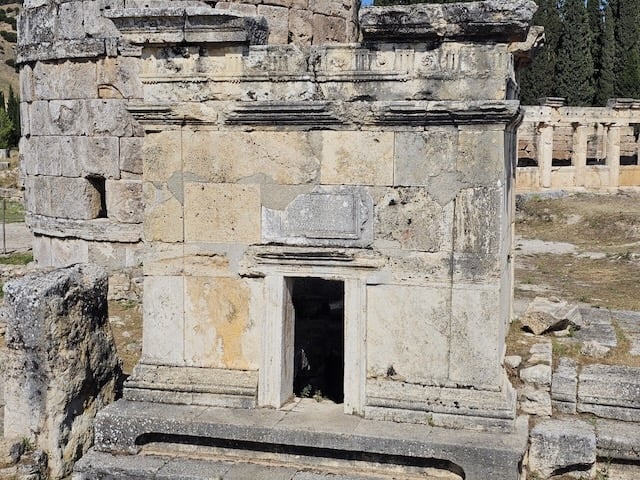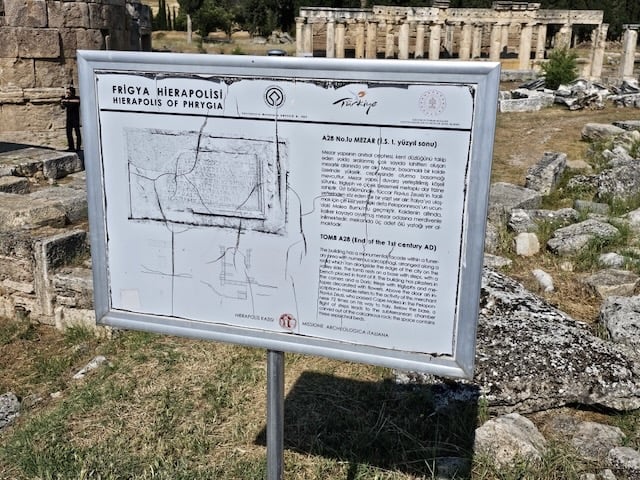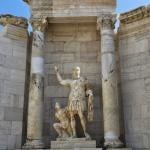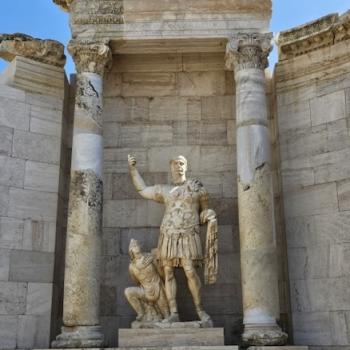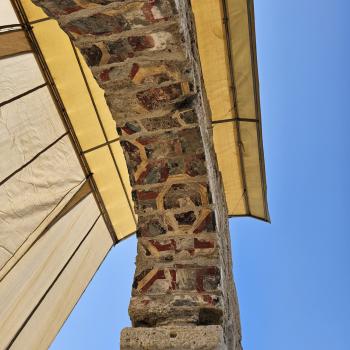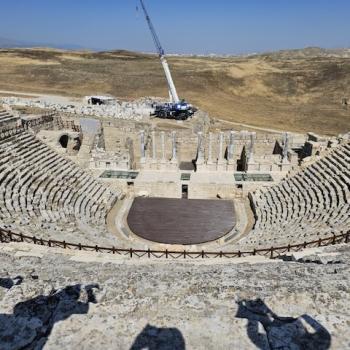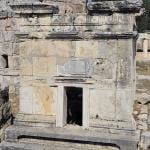There used to be a time when skeptical scholars asserted that it is unlikely Paul travelled as much as Acts suggests he did. Ancient people, it was assumed were too sedentary, and apart from the Roman army, they did not take long trips by land or sea. Unfortunately for this theory, the evidence suggests something else. For one thing, Jews in the ‘western’ diaspora, were not simply carted off as slaves by Alexander and the Romans. Yes, the Romans did cart off some Jews to work outside of their native land, but any honest assessment of how many Jews there were in Anatolia, and in the great cities of the Empire, including Alexandria, Ephesos, Pergamum, Rome, and many other lesser Roman colony towns shows that many Jews moved of their own accord, partly for business reasons, partly to get away from turmoil, partly because they had relatives elsewhere, and partly to go back to Jerusalem for the festivals. One estimate suggests that the city of Jerusalem went from 25,000 to 250,000 at Passover time. No wonder Roman governors got nervous during such times and brought extra soldiers to Jerusalem from Caesarea Maritima during festivals.
And then there is the evidence of genuine entrepreneurs like Flavius Zeuxis of Hierapolis. Clearly a wealthy man, he had his mausoleum erected right next to the Frontenus gate into the city. The massive necropolis was not good enough for him. And on his tomb he had inscribed the following: ““Flavius Zeuxis, merchant, who sailed seventy-two trips around Cape Malea to Italy, built this.” Cape Malea is at the southern tip of Greece, and sailing around it was so dangerous that there were proverbial sayings about it– for instance “Let him who sails round Malea forget his home,” and, “Let him who sails round Malea first make his will.” No wonder Flavius bragged on his tombstone about how many successful trips he made to Italy on business. No doubt this was exceptional, but the point to be made is that motivated persons, like a successful businessman, or like a man on an evangelist mission to save non-Jews , such at St. Paul, had every reason to travel great distances to fulfill their purposes in life. Here below is the original inscription and the sign next to the tomb, but first a shot of the city gate, and the tomb itself.
The epitaph is in the small gray rectangle above the door of the tomb. As many have pointed out, this tomb is more elegant and ornate than almost all of the ones in the necropolis. Notice the faux pillars and the ornate lintel on top. If Flavius can make 72 trips to Italy around Greece (and in a boat that was obviously too big to be dragged across the 2 mile isthmus like small boats were in the first century), then there is no reason to think Paul could not have made even dangerous journeys like the one described in the last chapters of Acts, to fulfill his mission, nevermind land journeys all over Turkiye and Greece. Paul was not merely an evangelist, he was a church planter with an urban missionary strategy focusing especially on Roman colony cities like Philippi, Corinth, Psidian Antioch, and Iconium as well as major Greek cities like Ephesos or Thessalonike.



